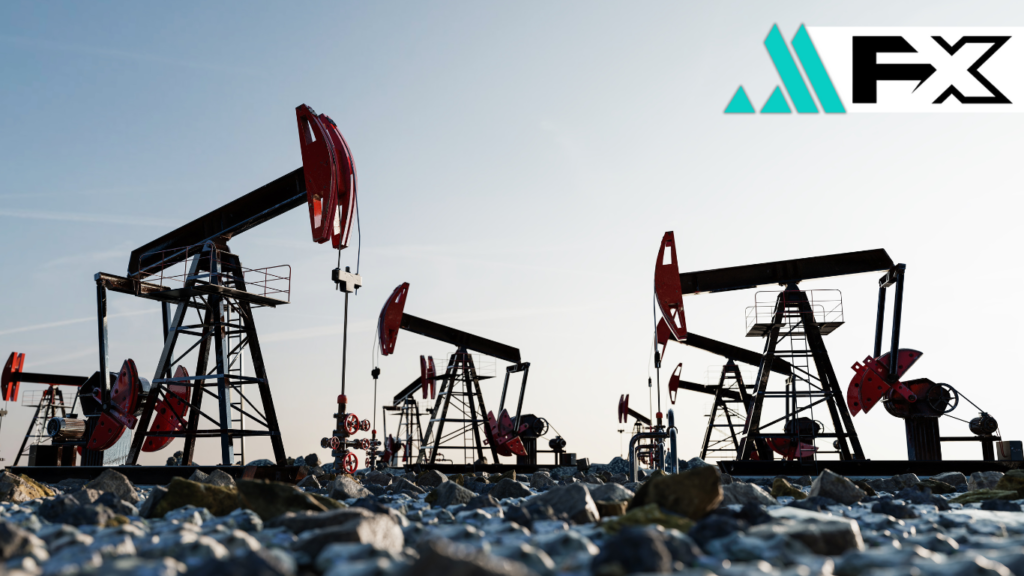Oil markets faltered Thursday after U.S. President Donald Trump intensified the trade dispute with China, raising tariffs on Chinese imports to 125%. This overshadowed his concurrent announcement of a 90-day tariff pause for other nations, which initially buoyed oil markets.
Brent crude slipped by 77 cents, or 1.18%, settling at $64.71 per barrel, while West Texas Intermediate (WTI) dropped 65 cents to $61.70—a 1.04% decline. The fall comes after a volatile Wednesday session that saw prices recover by 4% following a steep 7% intraday drop.
Analysts at ING noted in a Thursday report that the uncertainty stemming from escalating tariffs is weighing on economic growth expectations. “This uncertainty is still likely to drag on global growth, which is clearly a concern for oil demand,” they wrote.
Escalating Tariffs Cloud Demand Outlook
The rise in U.S. tariffs from 104% to 125% and China’s retaliatory 84% levy on American goods triggered renewed fears of a prolonged global slowdown. Energy strategists believe this tit-for-tat approach could harm long-term oil demand.
Yeap Jun Rong, market strategist at IG, cautioned that “demand-side headwinds persist, with China’s growth outlook at risk.” He added that oil may resume its downward trend as the temporary optimism over the tariff delay fades.
Meanwhile, the Brent futures curve flipped into contango starting from January 2026—a market signal that suggests ample future supply and weaker near-term demand.
Supply Constraints Offer Limited Support
Despite weakening demand signals, several supply-side developments offered short-term price stabilization:
- Keystone Pipeline Outage: A force majeure declaration followed a pipeline spill near Fort Ransom, North Dakota. Repairs are still under evaluation.
- Caspian Pipeline Consortium: One of two Black Sea moorings resumed operations after Russian regulatory hurdles were lifted.
- U.S. Crude Inventories: Rose by 2.6 million barrels last week—almost double analysts’ expectations, pointing to soft domestic demand.
Oil prices remain volatile, caught between deteriorating demand expectations and unpredictable supply constraints. As global trade tensions escalate, the energy market braces for more turbulence in the weeks ahead.


